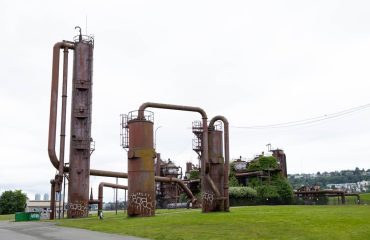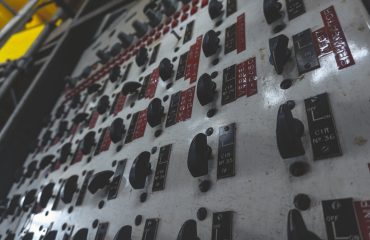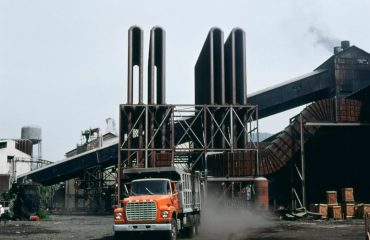Epoxy-coated pipes are a popular choice in various industries due to their corrosion resistance and durability. Understanding their life expectancy is crucial for effective infrastructure planning and maintenance. This comprehensive guide delves into the factors influencing the lifespan of epoxy-coated pipes, providing insights into maximizing their longevity and minimizing potential problems.
Factors Affecting the Lifespan of Epoxy Coatings
The lifespan of epoxy-coated pipes isn’t a fixed number; it’s highly dependent on several interconnected factors. These include the quality of the epoxy coating itself, the substrate material (the pipe material being coated – often steel), the application method, the environmental conditions, and the presence of any internal or external stresses.
Epoxy Coating Quality: The type of epoxy resin used, its thickness, and the curing process significantly impact durability. High-quality, thicker coatings generally offer superior protection against corrosion and abrasion. Improper curing can lead to weaknesses and premature failure.
Substrate Material: The condition of the pipe before coating is critical. Rust, pitting, or other surface imperfections can compromise the adhesion of the epoxy and create weak points. Proper surface preparation, including cleaning and priming, is essential for a long-lasting bond.
Application Method: The skill and precision of the application process directly affect the coating’s uniformity and adhesion. Inconsistent application can lead to thin spots or air bubbles, weakening the protective layer. Certified applicators using appropriate equipment are crucial for a high-quality finish.
Environmental Conditions: Exposure to harsh chemicals, extreme temperatures, UV radiation, and soil acidity can degrade the epoxy coating over time. Pipes buried underground might face different challenges compared to those exposed to the elements above ground.
Internal and External Stresses: Pressure fluctuations within the pipe, ground movement, or external impacts can cause stress on the epoxy coating, leading to cracking or delamination. Proper pipe support and stress mitigation strategies are essential.
Typical Lifespan Expectations
While a definitive lifespan is difficult to state, under optimal conditions, epoxy-coated pipes can last for 50 years or more. However, this is an idealized scenario. In less-than-ideal conditions, the lifespan could be significantly shorter, potentially dropping to 20 years or even less. Regular inspections and maintenance are key to extending the life of these pipes.
Factors contributing to a shorter lifespan include aggressive chemicals in the transported fluid, frequent temperature fluctuations, improper installation, and lack of preventative maintenance.
Signs of Epoxy Coating Degradation
Regular inspection is crucial for early detection of potential problems. Signs of epoxy coating degradation can include:
- Blistering or bubbling: Indicates moisture intrusion beneath the coating.
- Cracking or flaking: Suggests stress on the coating, potentially from ground movement or internal pressure.
- Corrosion under the coating (CUC): A serious issue indicating failure of the coating’s primary function. This is often detectable through electrochemical testing.
- Discoloration or dulling: May signal UV degradation, especially in above-ground applications.
- Loss of adhesion: The coating may start to peel or separate from the pipe substrate.
If any of these signs are observed, immediate investigation and potentially repair or replacement should be considered.
Maintenance and Repair Strategies
Preventative maintenance is key to extending the lifespan of epoxy-coated pipes. This includes regular inspections, as discussed above, as well as:
- Cathodic Protection: For buried pipes, cathodic protection can significantly extend the life of the underlying metal and reduce the risk of CUC.
- Coating Repair: Minor scratches or damage can often be repaired using specialized epoxy repair kits. Larger areas of damage may require more extensive repairs or even section replacement.
- Regular Monitoring: Monitoring the transported fluid’s chemistry and pressure can help prevent conditions that might degrade the coating.
- Environmental Protection: Minimizing exposure to harsh chemicals and UV radiation can significantly extend the life of the coating.
Choosing the Right Epoxy Coating
The selection of the appropriate epoxy coating is crucial for long-term performance. Factors to consider include:
- Chemical Resistance: Choose a coating that’s compatible with the transported fluid.
- Temperature Resistance: Consider the operating temperature range of the pipe.
- Thickness: Thicker coatings generally offer better protection.
- Adhesion Properties: Ensure good adhesion to the pipe substrate.
- Application Method: Choose a method appropriate for the pipe size and location.
Consulting with experienced coating specialists is recommended to ensure the selection of the most suitable epoxy coating for a specific application.
By understanding the factors affecting lifespan, implementing appropriate maintenance strategies, and selecting high-quality epoxy coatings, you can significantly extend the service life of your epoxy-coated pipes, saving money and ensuring the long-term integrity of your infrastructure.
Tags: epoxy coated pipes, pipe lifespan, epoxy coating life expectancy, corrosion prevention, pipe maintenance




